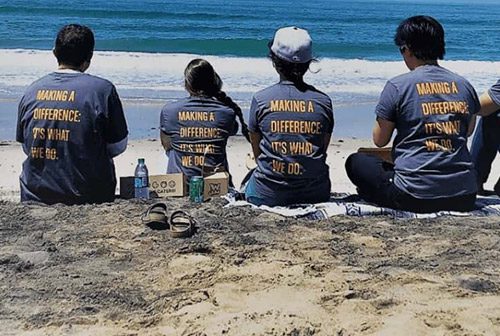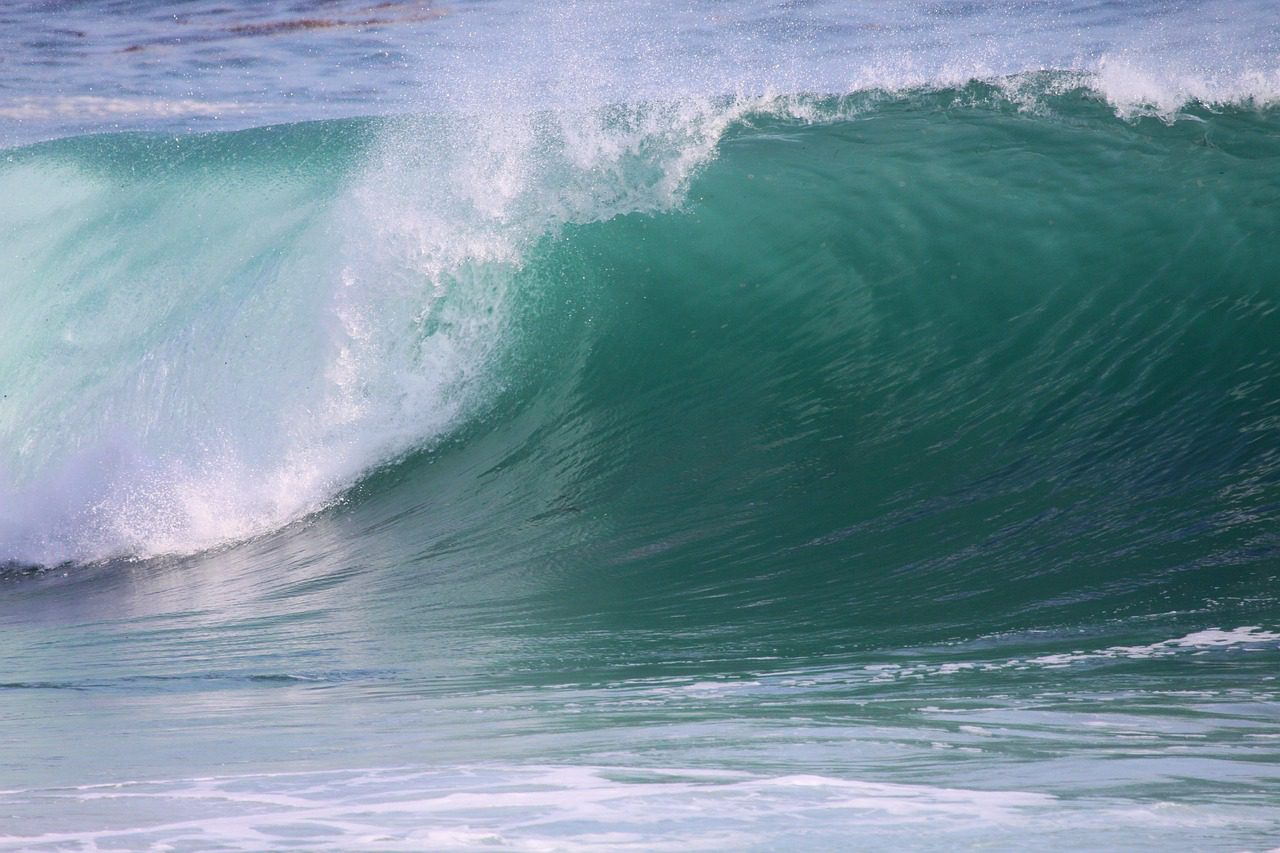Stormwater Capture
Stormwater, or water that falls in abundance over an urban area as a result of rain or snow, is both a potential water supply resource and a potential pollution-carrying threat depending on how it’s managed. As a potential water supply, stormwater represents the naturally occurring local water that falls on our region as precipitation, and may be captured for use in meeting residential, municipal, or industrial water needs. When uncaptured stormwater – along with irrigation flows, leaks, and other sources of urban surface water – flows over the urban landscape of our cities and picks up the pollutants in its path, it becomes polluted urban runoff. Pollutants in urban runoff may include toxic metals, bacteria, pesticides, fertilizer, and pet waste. Polluted runoff presents a major water quality challenge, and is the reason San Diego beaches are closed for three days after rainfall. Stormwater capture and treatment is a solution that simultaneously takes advantage of local rainfall as a water supply source and prevents stormwater from becoming polluted urban runoff.
Stormwater: Nuisance or Resource?


Like wastewater, stormwater in San Diego has traditionally been viewed as a nuisance as opposed to a resource. Stormwater falls on our cities as rain, where it hits hard, impermeable surfaces like roads, roofs, sidewalks, and parking lots. Because these hard surfaces prevent stormwater from soaking into the ground, it instead runs over our cities, where it picks up and carries pollutants and floods our neighborhoods and businesses. But a shift in perspective – spurred by the need to think creatively about ways to improve water quality and meet water-supply demands sustainably – has begun to change the pervading mindset around stormwater. Instead of directing these polluted flows away from hardscaped, flood-prone urban areas and into already-threatened ecosystems, stormwater capture technology makes it possible to capture and treat significant quantities of stormwater flows, turning stormwater from nuisance to water supply resource. Like wastewater recycling, stormwater capture is forward-thinking technology that yields multiple benefits, including flood abatement, pollution reduction, and water supply augmentation.
Stormwater Capture in San Diego


Regionally, most efforts to capture stormwater have been focused adjacent to local reservoirs, such as the San Vicente Reservoir and the Lake Hodges Reservoir. But the desire to reduce pollutants in our waterways and provide additional, sustainable drinking water to a region facing increasing water scarcity has led to the development of regulations and policies that favor urban stormwater capture more broadly. While still in its infancy in San Diego, stormwater capture, treatment, and use projects are already well established in other Southern California communities, including Los Angeles and Orange County. While projects range in size and type from constructed capture and treatment plants to large spreading grounds that filter stormwater naturally through soils into groundwater basins, widespread opportunities for stormwater capture exist in both highly urbanized and more rural settings, and have only just begun to be explored.
The Future of Stormwater Capture
As government agencies throughout San Diego County seek cost-effective ways to mitigate water quality concerns and meet water supply needs, stormwater capture and use will likely gain popularity as a preferred strategy. In our borderline-arid region, where we are heavily dependent on imported water from other drought-prone regions to meet current water demands, we cannot afford to overlook local, low-emissions water sources much longer. Even in San Diego, the rainwater that falls naturally throughout the course of the year represents a significant untapped water supply. By incorporating stormwater capture elements into low impact development (LID), or “green infrastructure” projects, our region can take advantage of multiple benefits including pollutant removal, habitat and green space expansion, water supply augmentation, and a host of other environmental and public health improvements. These projects serve to replicate and reintroduce natural processes in our urban environment and improve overall water quality, environmental health, and human health. San Diego Coastkeeper is committed to facilitating the implementation of green infrastructure and stormwater capture projects through settlement agreements aimed at improving water quality, and will support development of additional multi-benefit projects throughout our region as part of a One Water approach to water management.
Bonus: Stormwater 101 Video
Need a refresher on what stormwater is and how it moves through our urban landscape? Check out this video:













